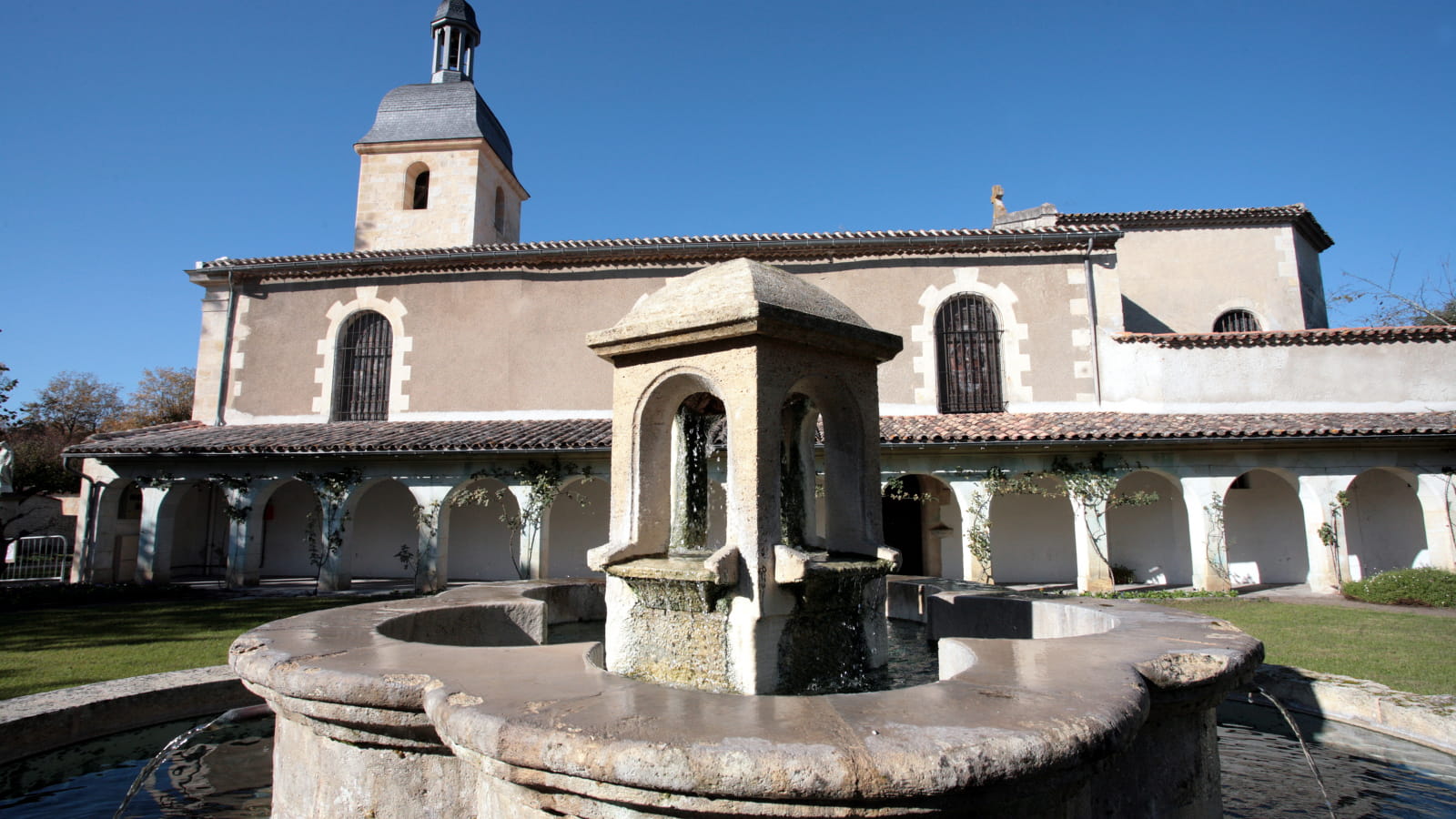
Villages steeped in history
Around the medieval castle of Montesquieu, discover the small heritage of the surrounding villages. Between Romanesque churches, wash houses, miraculous or legendary fountains, get ready to go back in time during your strolls between fields of vines and maritime pine forest.
La Brède
In the footsteps of MontesquieuIn the Middle Ages, the Order of the Knights Templar settled in La Brède with the mission of protecting the parish and the pilgrims on the pilgrimage route to Santiago de Compostela. The latter were welcomed at the Templar house located in the centre of the village. Hunted in the 13th century by the king, the Templars left their name to the church "Saint-Jean d'Estampes", which means "of the Templars".
But it is to Montesquieu, philosopher of the Enlightenment, that La Brède owes its fame. The baron who was born at the château spent most of his life there, which he devoted to writing and the vineyards.
Built in the 11th century, La Brède castle was redesigned in 1419 to give it its present appearance with a massive keep, three drawbridges and its large moat in three successive ditches. It became part of the de Montesquieu family in 1686. The building and its 150-hectare wooded park are open to visitors from April to November.
Cabanac-et-Villagrains
A village with two churchesThe village was born from two parishes united during the Revolution and has the particularity of having two churches and two wash houses. The village is crossed by the departmental cycle track which opens onto an immense expanse of maritime pine trees, the largest coniferous forest in Europe.
Close to the greenway, in the village of Cabanac, are two cadastral clods unique in the Gironde! Legend has it that a golden calf has been hidden under these mounds since time immemorial, and that a spring called the fountain of fairies gushed out between the two mounds. The site is the subject of annual archaeological research carried out under the supervision of the Regional Directorate of Cultural Affairs.
Saint-Morillon
The Romanesque church and the cathedral painterSituated south of La Brède, the village is the only one to have preserved its Romanesque church in its almost primitive state. The church of Saint-Maurille, listed as a historical monument, houses a 14th century Virgin and Child and four religious paintings by Pierre-Gascon Rigaud, born in 1874 to a family from Saint-Morillon. The cathedral painter, a pupil of Gustave Moreau, had set himself the mission of "making Christian art known in all its forms".
Saint-Morillon reserves a nature break along the Greenway which runs through the village. This attractive 27 km cycle path links Hostens to La Brède and allows you to stroll between vineyards and forest.
Saint-Selve
The Healing Fountain of Notre-Dame-de-la-HounThe village of Saint-Selve is famous for its spring with its so-called miraculous properties. The Houne fountain, near which stands a small chapel dedicated to Saint Clair, was known to pilgrims for curing eye diseases. Its oratory placed by the inhabitants under the invocation of the Virgin became Notre-Dame de la Houne, that is to say the source.
In the centre of the village, on the church square, there is a contemporary stone fountain decorated with bunches of grapes and vine leaves whose water comes from the said spring. The church of Romanesque origin, perfectly restored in the 18th century, is dedicated to Saint Severus, patron saint of weavers.
